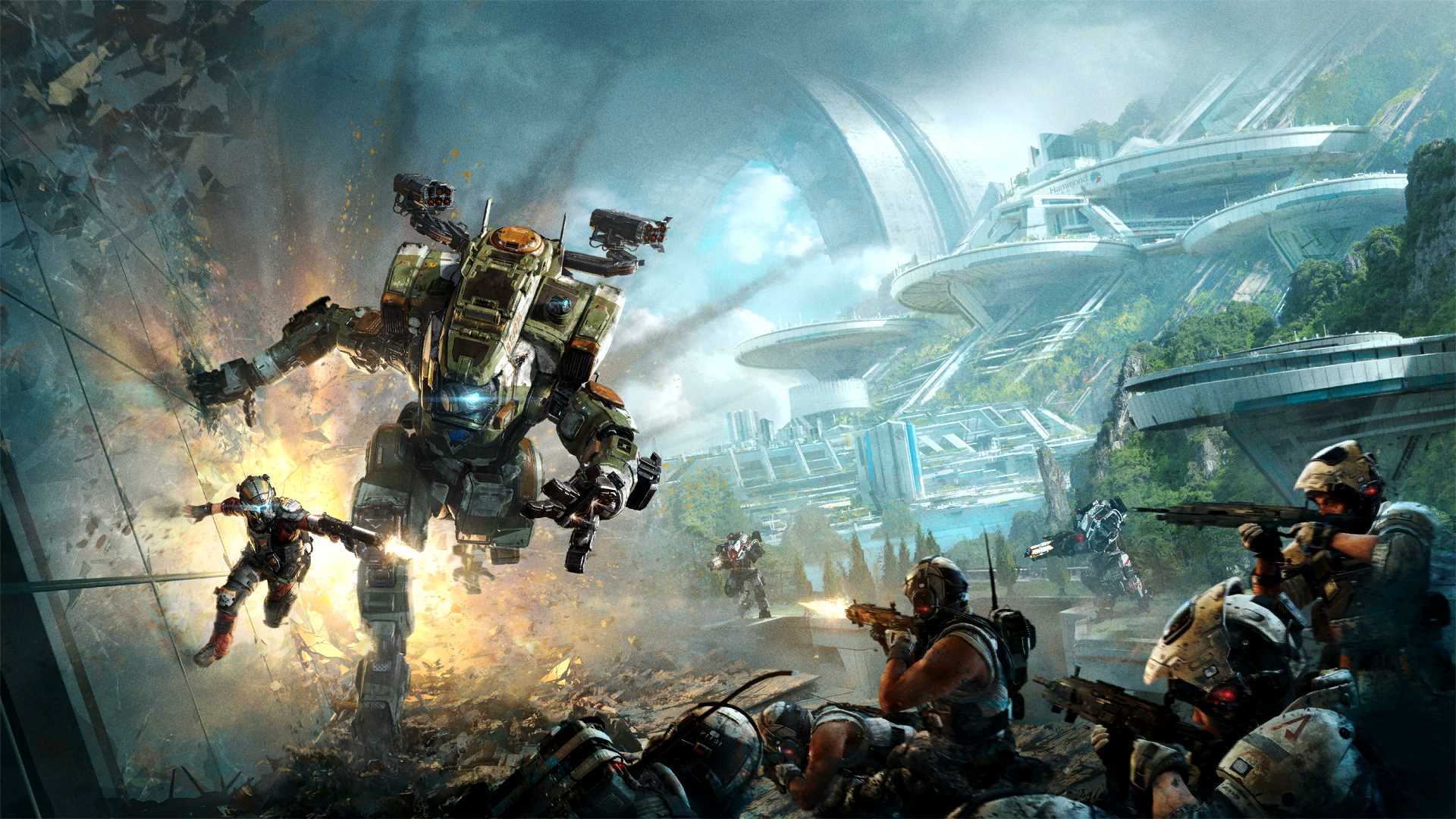The Titanfall series presents a dynamic gameplay experience through its diverse Titan chassis, each designed to cater to different playstyles. The original Titanfall introduced three distinct classes, while Titanfall 2 expanded on this concept with six unique Titans, each further defined by their weapon loadout and core abilities. Here’s a detailed breakdown of the Titans from both games, focusing on their strengths, weaknesses, and appropriate play styles.
Titanfall (Original Game) Titan Classes
| Titan | Strengths | Weaknesses | Playstyle |
|———–|—————-|—————-|—————-|
| Stryder | – Highest speed and agility
– Three dashes for rapid movement | – Lowest health
– Vulnerable in direct combat | – Hit-and-run tactics
– Flanking enemy positions |
| Ogre | – Highest health pool
– Can absorb significant damage | – Lowest mobility
– Only one dash limits evasive maneuvers | – Tank role
– Frontline engagements |
| Atlas | – Balanced mobility and health
– Two dashes for decent maneuverability | – No extreme strengths or weaknesses | – Flexible playstyle
– Adaptable to various combat scenarios |
Titanfall 2 Titan Classes
| Titan | Strengths | Weaknesses | Playstyle |
|———–|—————-|—————-|—————-|
| Vanguard (BT-7274) | – Versatile and adaptable
– Balanced firepower and mobility | – Lacks specialization compared to other Titans | – Adaptive tactics
– All-around gameplay |
| Ion | – Precision energy weaponry (Splitter Rifle)
– Defensive Vortex Shield | – Vulnerable in close quarters | – Mid-range combat
– Defensive support |
| Tone | – Lock-on attacks with Tracker Rockets
– Excellent area control | – Limited close-range capabilities | – Mid-range harassment and support
– Tactical engagements |
| Scorch | – Area denial with fire-based weapons
– Effective crowd control | – Susceptible to sudden burst damage | – Defensive and control strategies
– Zone management |
| Legion | – High sustained fire with the Predator Cannon
– Protective shield | – Slow mobility
– Can be flanked | – Heavy defensive duty
– Area suppression |
| Ronin | – High mobility and close-range firepower
– Sword-based attacks for defense | – Low durability
– Weak against ranged Titans | – Assassin-like playstyle
– Hit-and-run tactics |
| Northstar | – Specializes in long-range sniping
– Capable of aerial combat | – Fragile in close combat
– Ground mobility is limited | – Precise long-range engagements
– Tactical support through traps |
Summary of Tactical Choices
The diverse array of Titans in both games allows players to tailor their gameplay experience to their preferred combat styles. Players can opt for high mobility and tactical agility with the Stryder or Ronin, focus on brute strength and damage absorption with the Ogre or Legion, or find a balanced approach with the Atlas or Vanguard. The introduction of specialized weapons and abilities in Titanfall 2 enhances these strategies, offering further depth and complexity.
Key Tactical Insights:
– Players who enjoy dynamic, fast-paced engagements may prefer the Stryder or Ronin for their agility and ability to flank.
– Those who thrive in frontline battles with high survivability should gravitate towards the Ogre or Titanfall 2’s Legion for their tank-like attributes.
– Mid-range players with a preference for area control and support roles can find their niche with Tone and Scorch in Titanfall 2.
This understanding allows players to make informed choices about which Titan aligns best with their desired playstyle and combat strategy as they engage in the thrilling battles of Titanfall.




Leave a Reply